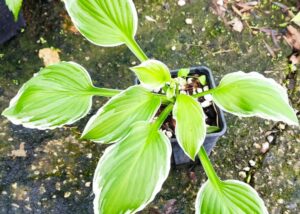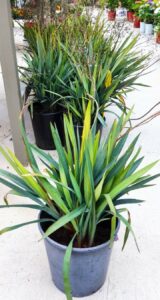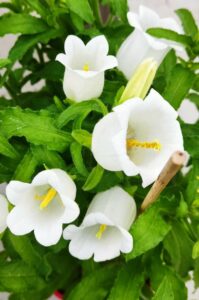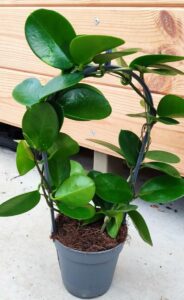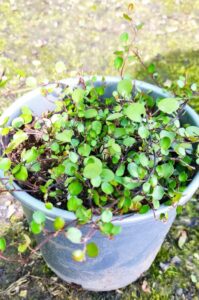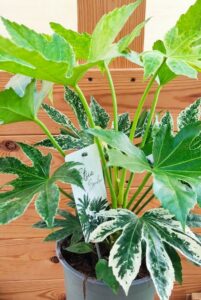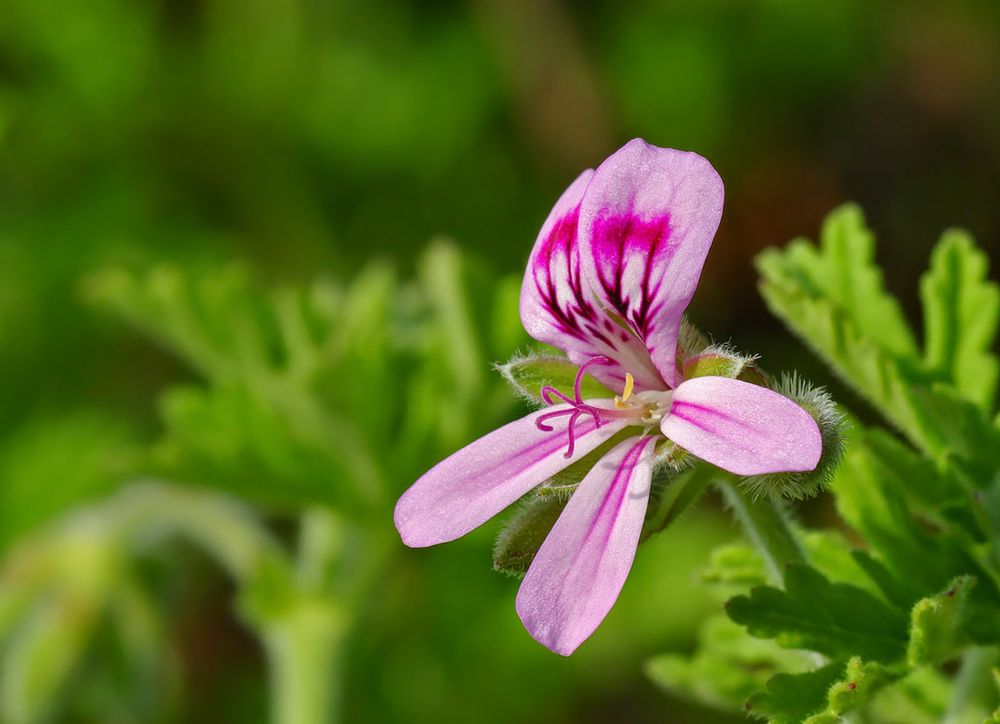
Η I barbaric is a perennial, herbaceous, evergreen plant that is very often found in Greek gardens and balconies. It has tender shoots which do not become woody. It grows very fast. The leaves are grey-green in color with serrated ends, they are fluffy and with very large indentations and a strong aromatic fragrance when rubbed. Its flowers are borne in a umbel-type inflorescence and have 5 petals. The colors found in its flowers are shades of pink and purple.
Development conditions
Loves bright and half-shaded places. It prefers light soil (rich in sand) to drain very well. Its roots do not tolerate excessive moisture. When growing in the soil of a garden, it is good to water every 5-20 days depending on the season and local conditions of temperature, shading, etc.
When it grows in pots then its watering should be more frequent, every 1-7 days. It is sensitive to very low temperatures. Marjoram does not have special needs for nutrients and can grow even in barren soils, however when planting it is good to add compost and well-drained manure. We can transplant it in the spring, with cuttings. Flowering begins in spring and lasts throughout the summer. It is generally a hardy plant and is considered a good insect repellent.
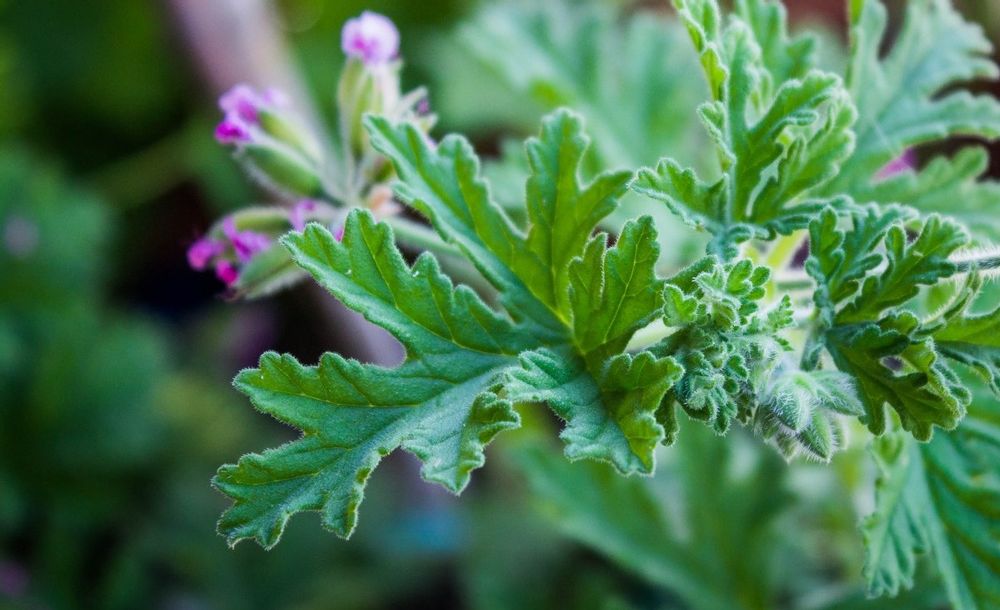
Pruning
Prune the juniper root relatively lightly, in early spring, keeping its shape in a solid form, removing diseased and dry twigs. In cases of old or frost-affected marjoram plants, we make stricter pruning to renew the plant.
Uses of marjoram
- stimulates the nervous system
- it is healing, diuretic and antidiabetic
- indicated for those suffering from depression and over-tension
- for kidney stones
- relieves nausea and migraines
- for arthritis pain
- lowers cholesterol
- helps with acne due to its antimicrobial action
- her tea is suitable for the dizziness of pregnancy
- it is calming and relaxing, anti-stress
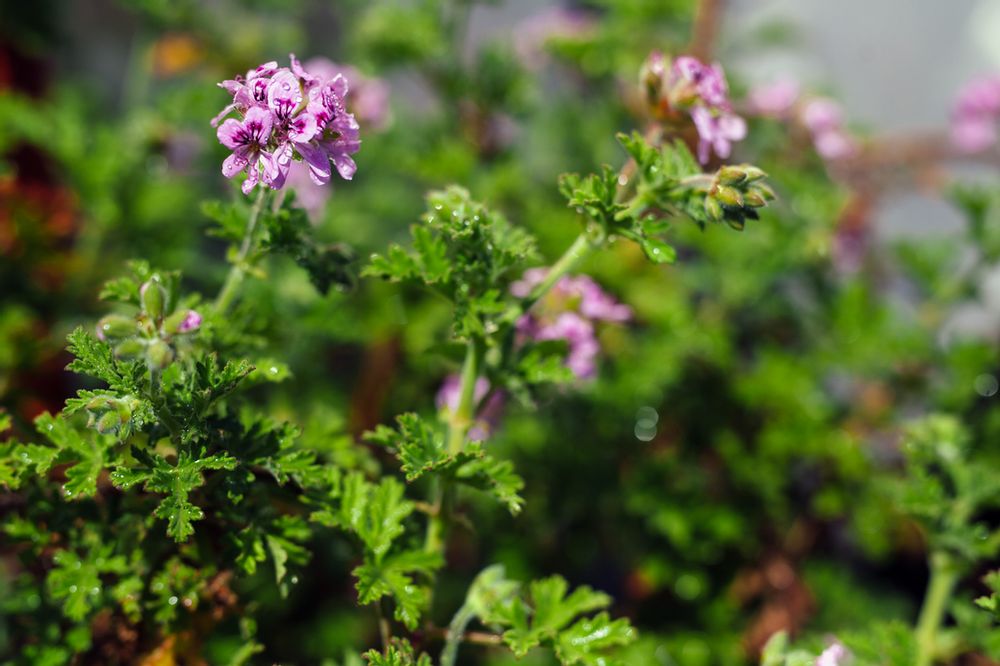
- its leaves are used in spoon sweets, delights and sweets, for their wonderful aroma
- used in winemaking
- as a flavor modifier in jams and compotes
- used in the perfume industry

